Protecting Your Harvest: A Comprehensive Guide to Pest & Disease Management
Ensuring a healthy and bountiful yield is the cornerstone of successful agriculture and gardening. However, crops are constantly under threat from a variety of pests and diseases. Effective pest and disease management is not just about reacting to problems; it’s a proactive and strategic approach to safeguarding your plants and maximizing your harvest. This comprehensive guide will delve into the importance of crop protection, explore various plant health strategies, and highlight the benefits of implementing a robust pest management plan.
Why is Pest & Disease Management Crucial?
Ignoring the threats posed by pests and diseases can have devastating consequences for your plants and your bottom line. Here’s why effective pest and disease control is essential:
- Maximize Yield: Pests and diseases can significantly reduce the quantity of your harvest by damaging leaves, stems, roots, and fruits. Implementing a strong plant disease management strategy ensures your plants reach their full potential.
- Enhance Quality: Beyond quantity, pests and diseases can severely impact the quality of your produce, making it unmarketable or less desirable. Proper pest control helps maintain the aesthetic appeal and nutritional value of your crops.
- Economic Benefits: Protecting your crops from losses translates directly into better financial returns for farmers and gardeners alike. Investing in effective crop management practices is a smart economic decision.
- Environmental Responsibility: Sustainable pest and disease management practices minimize the reliance on harmful chemicals, protecting the environment, beneficial insects, and human health.
- Food Security: On a larger scale, effective agricultural pest management contributes to a stable and secure food supply for communities and nations.
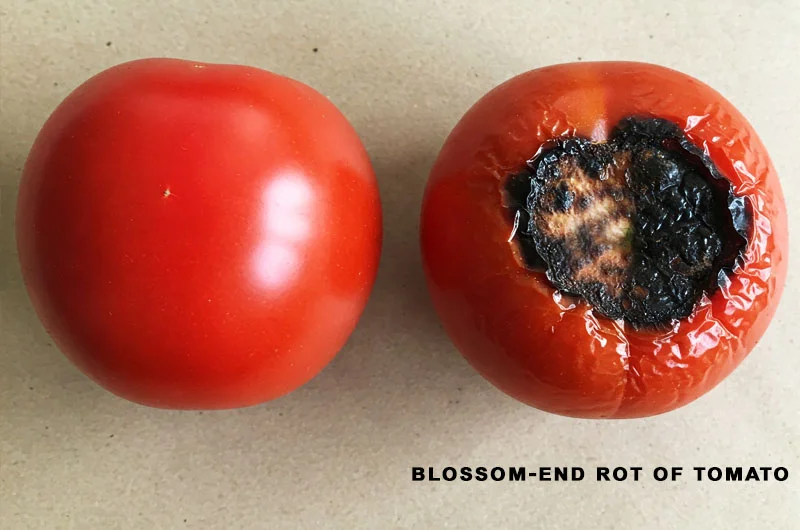
Key Principles of Effective Pest & Disease Management:
A successful plant protection strategy is built upon several core principles:
- Prevention: This is the first and often most effective line of defense. Implementing preventative measures can significantly reduce the likelihood of pest and disease outbreaks.
- Monitoring: Regularly inspecting your plants for signs of pests or diseases allows for early detection and intervention, preventing minor issues from escalating.
- Identification: Accurately identifying the specific pest or disease is crucial for selecting the most effective management methods.
- Intervention: When pests or diseases reach a threshold where they can cause significant damage, appropriate intervention strategies should be implemented.
- Evaluation: After implementing management strategies, it’s important to evaluate their effectiveness and adjust your approach as needed.
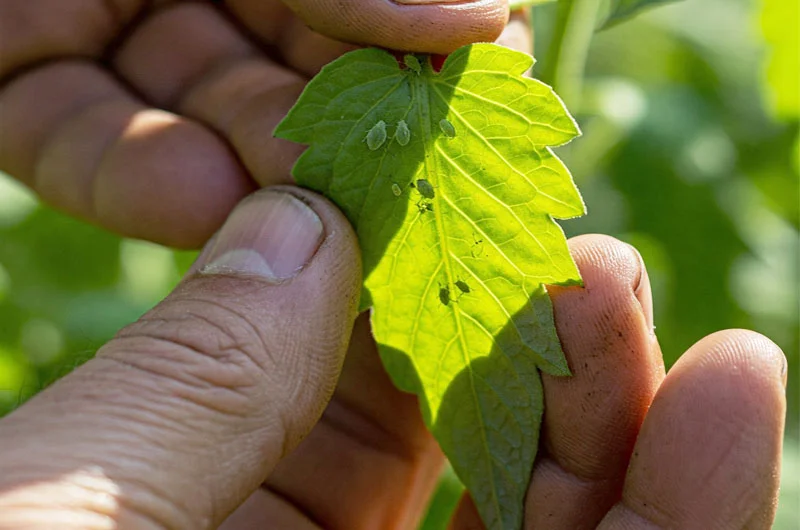
Integrated Pest Management (IPM): A Holistic Approach
Integrated Pest Management (IPM) is a sustainable and environmentally conscious approach to pest and disease management. It emphasizes a combination of strategies, prioritizing non-chemical methods whenever possible. IPM aims to keep pest and disease populations below economically damaging levels while minimizing risks to human health and the environment. Key components of IPM include:
- Cultural Practices: Implementing good farming or gardening practices such as crop rotation, proper sanitation, selecting disease-resistant varieties, and maintaining optimal soil health.
- Biological Control: Utilizing natural enemies of pests, such as beneficial insects, predatory mites, and parasitic wasps, to control pest populations.
- Physical and Mechanical Methods: Employing physical barriers, traps, handpicking, and other mechanical techniques to manage pests and diseases.
- Chemical Control: Using pesticides or fungicides as a last resort, selecting the least toxic options, and applying them judiciously and according to label instructions.
Common Methods in Pest & Disease Management:
Depending on the specific pest or disease and the scale of your operation, various methods can be employed:
Cultural Practices:
- Crop rotation to break pest and disease cycles.
- Sanitation to remove sources of infection and infestation.
- Selecting resistant varieties.
- Proper fertilization and watering to promote plant health.
- Weed control to eliminate alternative hosts for pests and diseases.

Biological Control:
- Introducing beneficial insects and other natural predators.
- Using microbial pesticides like Bacillus thuringiensis (Bt).
- Encouraging the presence of natural enemies through habitat management.
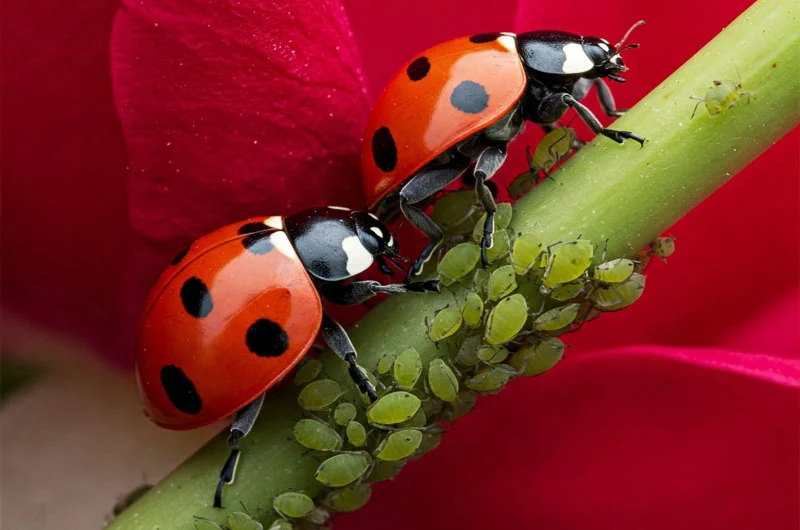
Physical and Mechanical Methods:
- Handpicking larger pests.
- Using sticky traps or pheromone traps.
- Installing netting or row covers.
- Applying barriers to prevent pest access.
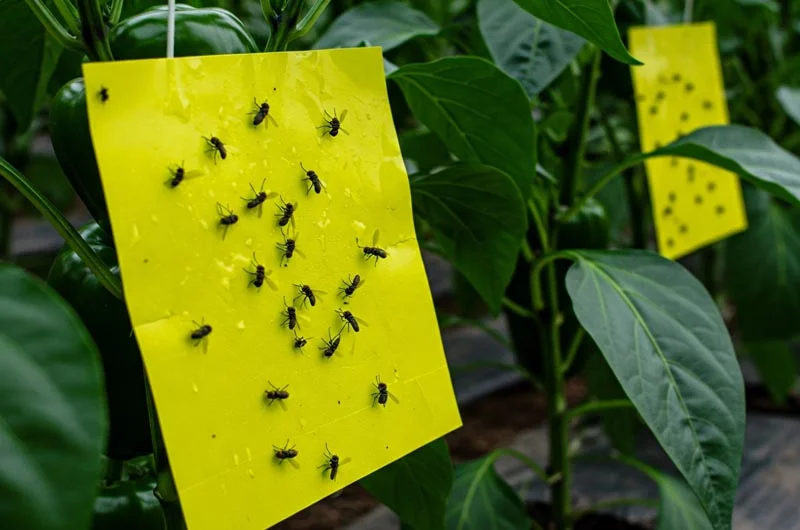
Chemical Control:
- Applying insecticides, fungicides, or herbicides when necessary.
- Choosing selective products to minimize harm to beneficial organisms.
- Rotating chemical classes to prevent resistance development.
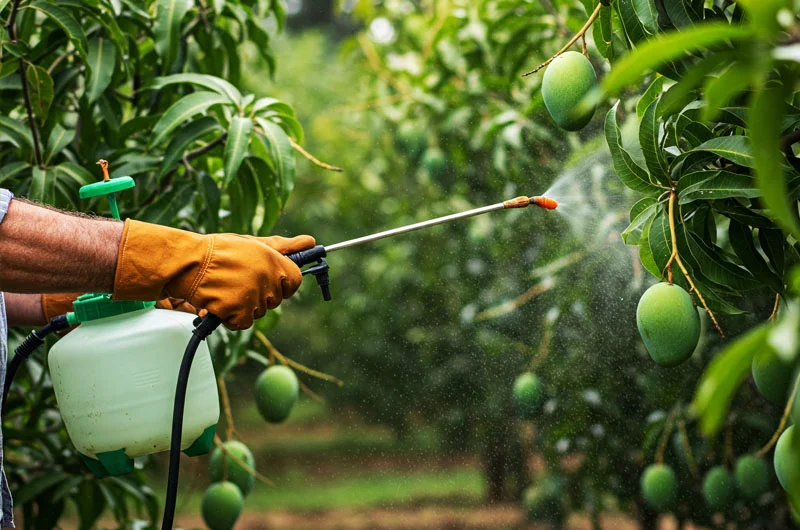
Challenges in Pest & Disease Management:
Effective pest and disease management can face several challenges:
- Pest Resistance: Overuse of certain pesticides can lead to the development of resistant pest populations.
- Climate Change: Shifting weather patterns can favor the spread and intensity of certain pests and diseases.
- New Invasive Species: The introduction of new pests and diseases can pose significant threats to local ecosystems and agriculture.
- Information Gaps: Identifying specific pests and diseases and understanding the most effective management strategies can be challenging.
Best Practices for Successful Pest & Disease Management:
To ensure the health and productivity of your plants, consider these best practices:
- Know Your Enemy: Accurately identify the pests and diseases affecting your plants.
- Start Early: Implement preventative measures from the beginning.
- Monitor Regularly: Conduct routine inspections of your plants.
- Choose the Right Tools: Select appropriate management methods based on the specific problem and your resources.
- Be Patient and Persistent: Effective management often requires ongoing effort.
- Keep Records: Document your observations and management actions.
- Stay Informed: Continuously learn about new pests, diseases, and management techniques.
Pest and disease management is an ongoing and essential aspect of successful plant cultivation. By understanding the principles, implementing appropriate strategies, and staying vigilant, you can protect your harvest, ensure the quality of your produce, and contribute to a more sustainable and healthy environment. Embrace a proactive approach to crop protection and enjoy the fruits (and vegetables!) of your labor.

